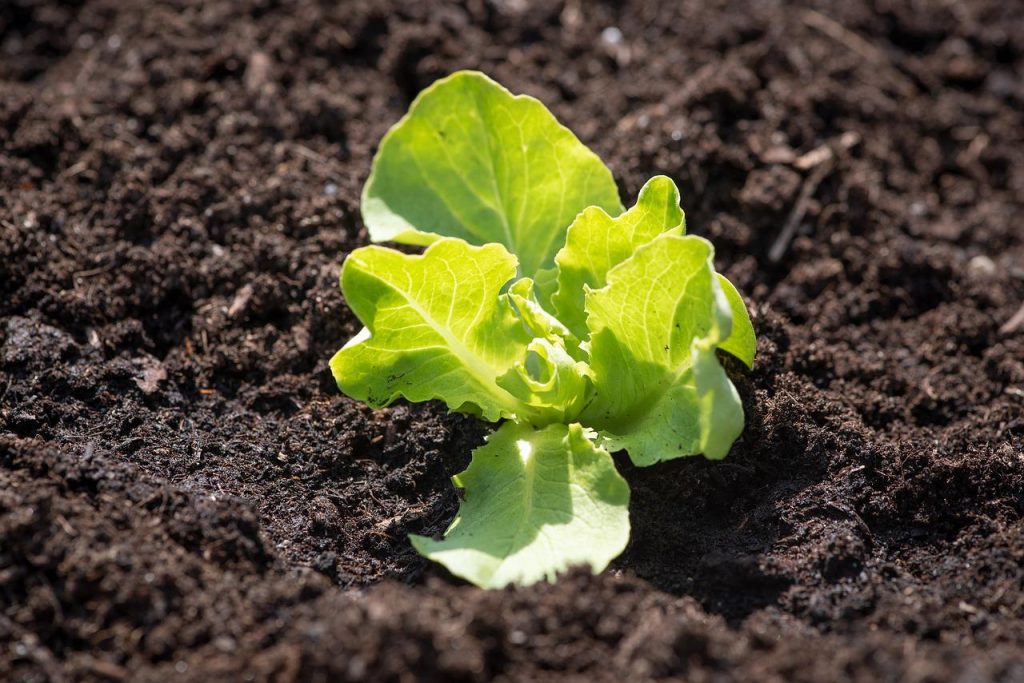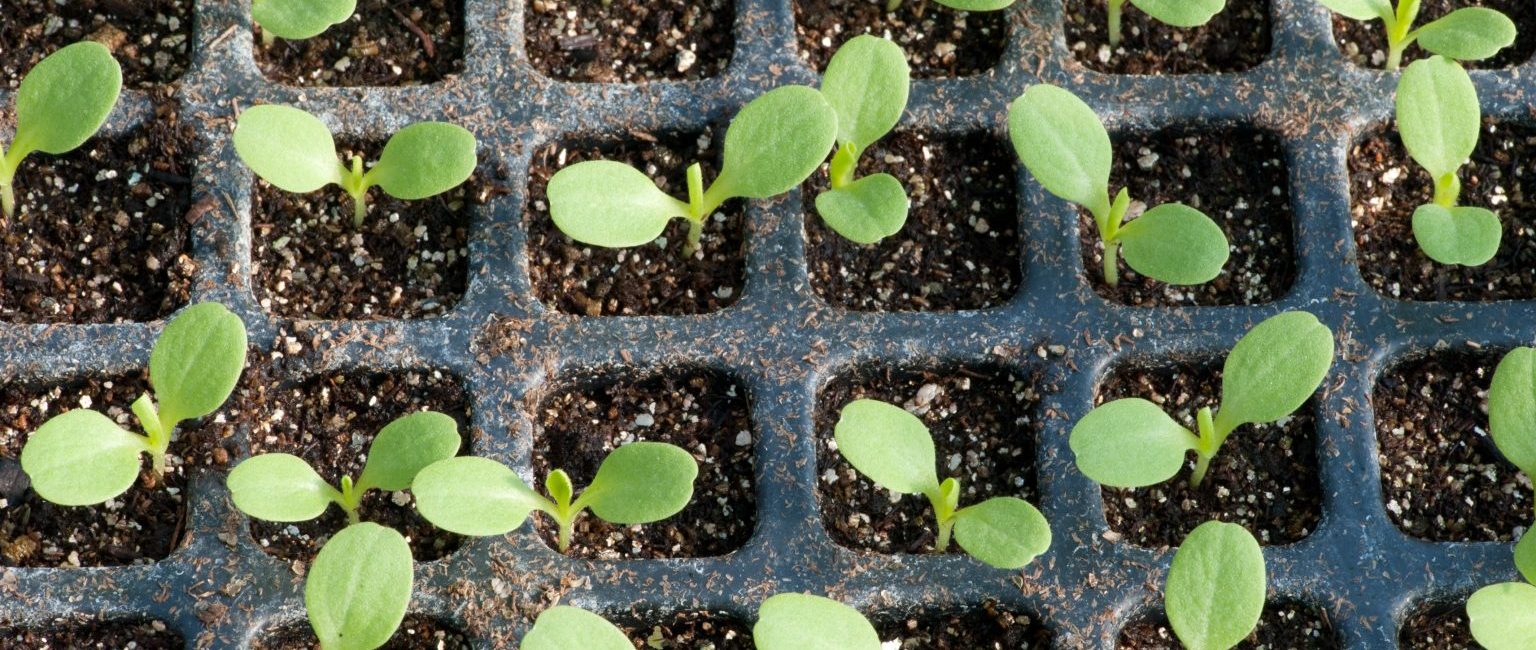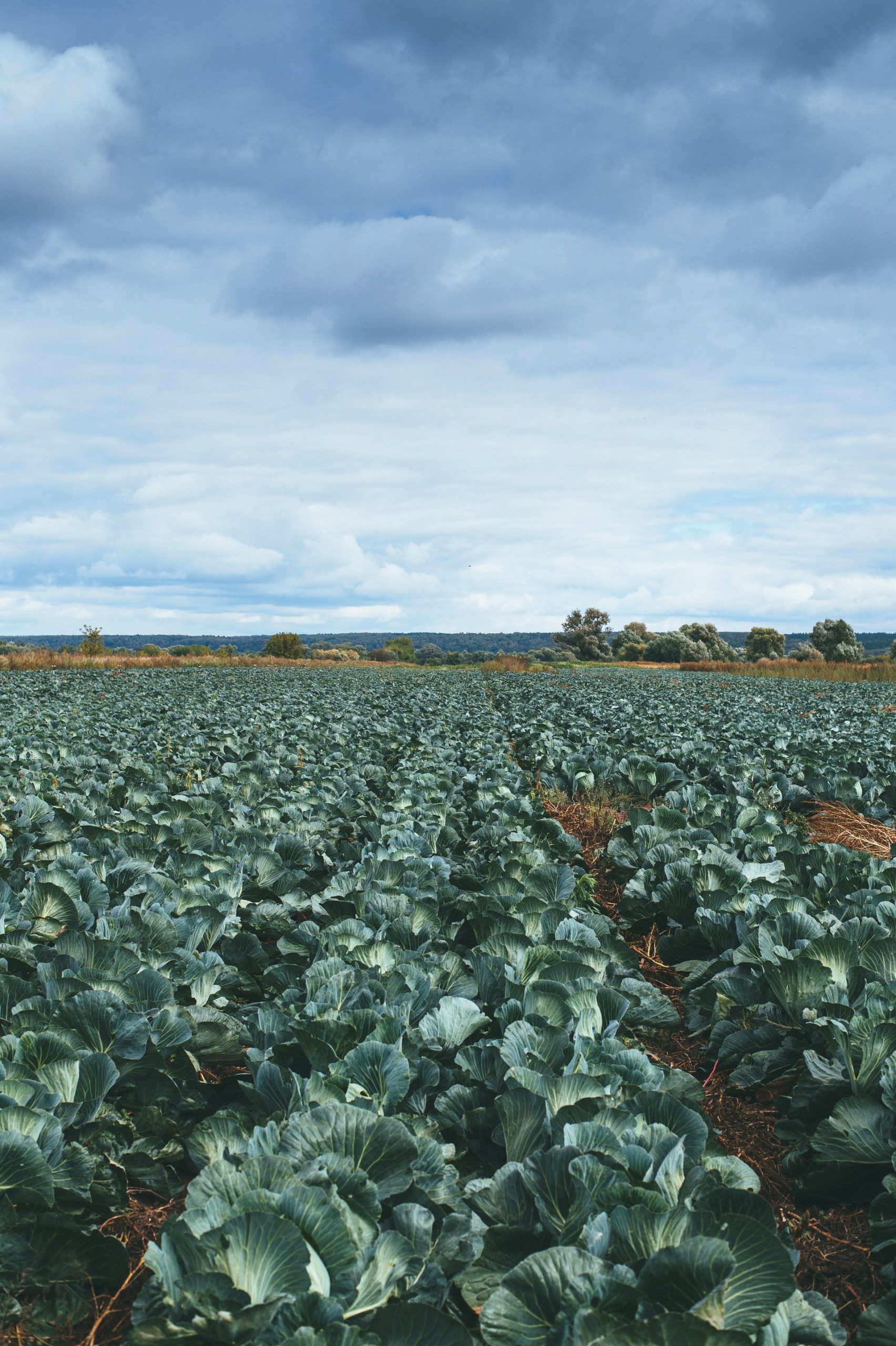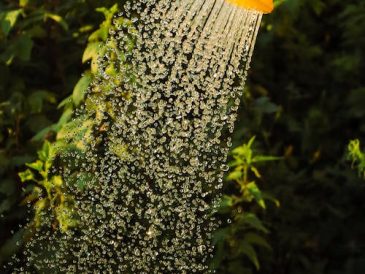Embracing the joy of homegrown salads is a journey every green thumb should undertake. From the crisp crunch of fresh lettuce to the vibrant colours of spinach, cultivating your salad greens is not just a rewarding hobby but also a delightful way to connect with nature. In this guide, we’ll explore the essential steps to ensure your salad greens flourish in your Canadian garden.
Selecting the Right Seeds
Understanding Your Greens
Before you dig into the soil, it’s crucial to choose the right seeds. A diverse mix of leafy greens, such as spinach, arugula, and various lettuces, adds both flavour and visual appeal to your salad. Consider the Canadian climate; opt for seeds that thrive in cooler temperatures, ensuring a bountiful harvest.
Checking for Quality
When selecting seeds, prioritize quality. Look for reputable seed suppliers with a history of providing reliable and viable seeds. Check for indicators of freshness, like a recent packaging date, to ensure optimal germination rates.
Preparing the Soil
Testing and Amending
Healthy soil is the foundation of a flourishing garden. Begin by testing your soil to understand its composition. Most salad greens prefer well-draining soil with a slightly acidic to neutral pH. Amend the soil with organic matter, such as compost, to improve its structure and fertility.
Choosing the Right Location
Salad greens thrive in areas with ample sunlight. Select a location in your garden that receives at least 6 hours of sunlight per day. If you’re dealing with limited space, consider container gardening on your balcony or patio, ensuring your greens still get the sun they need.
Planting Your Seeds
Sowing Depth and Spacing
When it comes to planting, follow the guidelines on your seed packets regarding sowing depth and spacing. As a general rule, salad greens are shallow-rooted, so sow the seeds at a depth of 1/8 to 1/4 inch. Pay attention to spacing to avoid overcrowding, which can lead to poor air circulation and increased risk of disease.
Watering Techniques
Keep the soil consistently moist but not waterlogged. A gentle watering early in the morning allows the leaves to dry throughout the day, reducing the risk of fungal diseases. Consider using a soaker hose or drip irrigation system to deliver water directly to the soil and minimize water contact with the leaves.
Nurturing Your Greens

Fertilizing
Regular feeding is key to robust growth. Use a balanced, water-soluble fertilizer every 2-3 weeks during the growing season. Be cautious not to over-fertilize, as this can lead to excessive leafy growth at the expense of flavour.
Pest Management
Keep an eye out for common pests like aphids and caterpillars. A strong blast of water or insecticidal soap can help control these unwanted visitors without resorting to harsh chemicals. Inspect your plants regularly to catch any issues before they escalate.
Harvesting and Enjoying
Harvesting at the Right Time
As your salad greens mature, harvest them when the leaves are young and tender for the best flavour and texture. Use clean, sharp scissors to cut the leaves, allowing the plants to continue producing throughout the season.
Culinary Delights
Finally, savour the fruits of your labour by creating delicious salads with your homegrown greens. Experiment with different combinations and dressings, letting the freshness and variety of your harvest shine through.
And Now, It’s Your Turn
Cultivating the perfect salad greens is an art that anyone with a green thumb can master. By following these steps, you’ll not only enjoy a continuous supply of fresh, flavourful greens but also revel in the satisfaction of growing your own nutritious and delicious ingredients.




